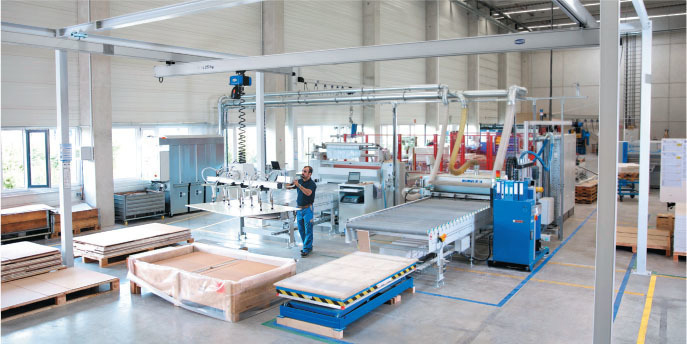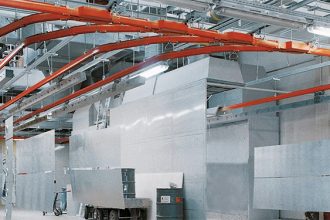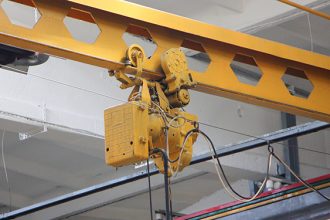
When moving loads overhead on a patented track or enclosed track monorail or with underhung workstation cranes, the safety of the operator and of any personnel working underneath the equipment is critical. To help facilities ensure their equipment is inherently safe, as well as being operated in the safest and most responsible manner, the Monorail Manufacturers Association (MMA) writes and continuously updates standards that have been approved and published by the American National Standards Institute (ANSI). They include ANSI MH27.1 – Patented Track Underhung Cranes & Monorail and ANSI MH27.2 – Enclosed Track Underhung Cranes & Monorail. (Both standards are currently being updated.)
Although manufacturers of monorails and underhung workstation cranes continue to make incremental improvements to the equipment and technologies — which, in turn, enhances overall safety — the evolving standards strengthen and solidify best practices and processes. Following those standards is the best way to engineer a safe warehouse environment where cranes and monorails are in use, according to a recent article in MHI Solutions magazine, “Standards for Underhung Cranes and Monorails Aim to Eliminate Risks Rather Than React to Them.”
Among the guidance provided by the standards is: how to specify and select the most appropriate type of monorail or underhung crane equipment for a given application, correct installation practices, and best practice recommendations for the proper use, maintenance, and inspection of the equipment throughout its lifespan. Because the majority of safety problems that occur while using these types of overhead equipment is rooted in human error, the standards also provide a means for owners and operators to gain a more precise understanding of the technologies’ intended function and their correct operation.
For example, the standards offer insights into how to confirm that a monorail or underhung workstation crane is properly sized to match a given application. Specifying equipment with a lower rated capacity than called for by the actual load size (or frequency and conditions of use) can lead to premature component wear and possible system failure — up to and including the load being dropped and potentially causing injury to a worker below. The standards also provide guidance for the safest installation and alignment practices, ensuring the equipment will function as expected.
Additionally, monorails and underhung workstation cranes are often installed as part of an effort to improve worker ergonomics. They do this by minimizing the physical strains and repetitive stress associated with moving and manipulating heavy loads manually. Equipment manufacturers following MMA’s standards also integrate ergonomics into their safety design considerations to deliver maximum benefits to users.
By only specifying and investing in equipment that has been designed, engineered, manufactured, installed, and maintained in accordance with the MMA standards, purchasers of patented track and enclosed track monorails and underhung workstation cranes take a proactive step toward improving the safety of their operation. That’s because many risks associated with such a system have already been eliminated prior to its commissioning. Buyers can be assured of conformance to MMA standards by seeking out products that have been MMA-Certified, a voluntary certification program that confirms the manufacturer’s product is made in alignment with MH27.1 or MH27.2 and provides substantial service and support offerings.
Connect with the members of the Monorail Manufacturers Association (MMA), who are the industry’s leading suppliers of monorails and workstation cranes. Available to answer any questions, the group also offers a variety of resources — including recommended practices for workstation cranes and patented track systems — via its website at www.MHI.org/MMA.
Looking for additional information about the MMA standards? Specifications, best practices, guidelines, and daily operator checklists are available.



